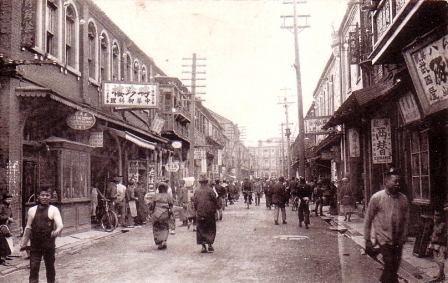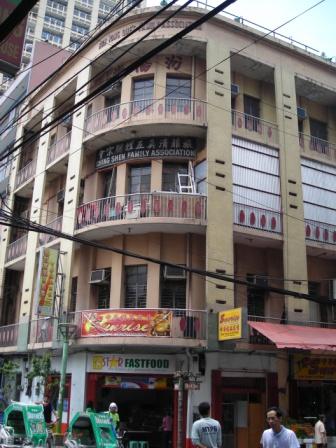
| Home | Chinatowns of the world | Festivals | Culture | Food Culture | History | Countries |
| Chinese Religion | Tours | Sitemap | Documentaries | About | Contact |
Are overseas Chinese Chinese?
A recent theory has emerged among a small group of young Chinese from People’s Republic of China. According to this “theory”, only Chinese who are born in China are considered Chinese; Chinese who are born outside of China are not Chinese. They are right to the extent that overseas Chinese are not citizens of People’s Republic of China. Nationality vs EthnicityHowever, even though overseas Chinese have different nationalities, they belong to the same ethnic group. The supporters of this theory failed to differentiate the notions of "nationality" and "ethnicity". Understandably, such “theory” causes uneasiness not to mention unhappiness among overseas Chinese and totally disregard the historical relationship between overseas Chinese and China. After 1860, many Chinese migrated to other parts of the world in search of work. These migrants continued to send money to their family and relatives in China and maintained links. More remarkably, when the Sino Japanese War erupted in 1937, overseas Chinese from all over the world contributed money and resources to support China. The most famous of these efforts was the China Relief Fund headquartered in Singapore that raised money from overseas Chinese in today’s Southeast Asia and sent Nanyang Volunteers to serve on the Burma Road. When China began its economic reform, many overseas Chinese returned to their native villages and invested or helped built their infrastructures. Many of these were elderly overseas Chinese who had returned to revisit their native villages. To many overseas Chinese, the “theory” comes across as an ignorant and arrogant opinion. This is an excellent case to answer the question “Why should we learn history?” The importance of historyMr Tan Kah Kee in his memoir addressed this issue. He wanted to record how overseas Chinese in Nanyang (today’s Southeast Asia) came together to support China and how they suffered later when the Japanese invaded. Mr. Tan Kah Kee was concerned that if these accounts were not recorded, the future generations in China would think that when China was being invaded, overseas Chinese were enjoying themselves outside of China. It is for this reason that the histories of China Relief Fund, Nanyang Volunteers, Venerable Pu Liang and Li Yue Mei must never be forgotten. As ignorant or arrogant the "theory" might be to overseas Chinese, these young Chinese from People’s Republic of China are entitled to their opinion. As we end this article, we invite you to take a poll to expression your opinion.
References:Chuang, Hui-Tsuan & Shu, Yun-Tsiao, Chua, Ser-Koon (Eds.), Malayan Chinese resistance to Japan 1937-1945: selected source materials based on Colonel Chuang Hui-Tsuan's collection., Singapore: Cultural & Historical Pub. House, 1984 Geoffrey C Gunn, Remembering the south east asian Chinese massacres of 1941-45 in Journal of Contemporary Asia, Abingdon, Oxfordshire: Aug 2007. Volume 37 ISS 3 Pg 273, 19 pages James Francis Warren, Rickshaw Coolie: A People's History of Singapore 1880-1940, Singapore University Press, 2003 Lee, Lai To (Ed.), Early Chinese immigrant societies: case studies from North America and British Southeast Asia. Singapore: Heinemann Asia, 1988. Pan, Lynn (Eds), The encyclopedia of the Chinese overseas, Sngapore : Editions Didier Millet, 2006. 陈嘉庚, 南侨回忆录. 新加坡: 陈嘉庚基金会,陈嘉庚国际学会, 1946. 郭德宏, 中国民众抗战史: 四川人民出版社, 2005. 华侨博物院编, 南侨机工, 北京, 文物出版社, 2005. Related article: Overseas Chinese
|
|
| Join us on | Youtube | |||
| Copyright © 2007-24 Chinatownology, All Rights Reserved. | ||||






